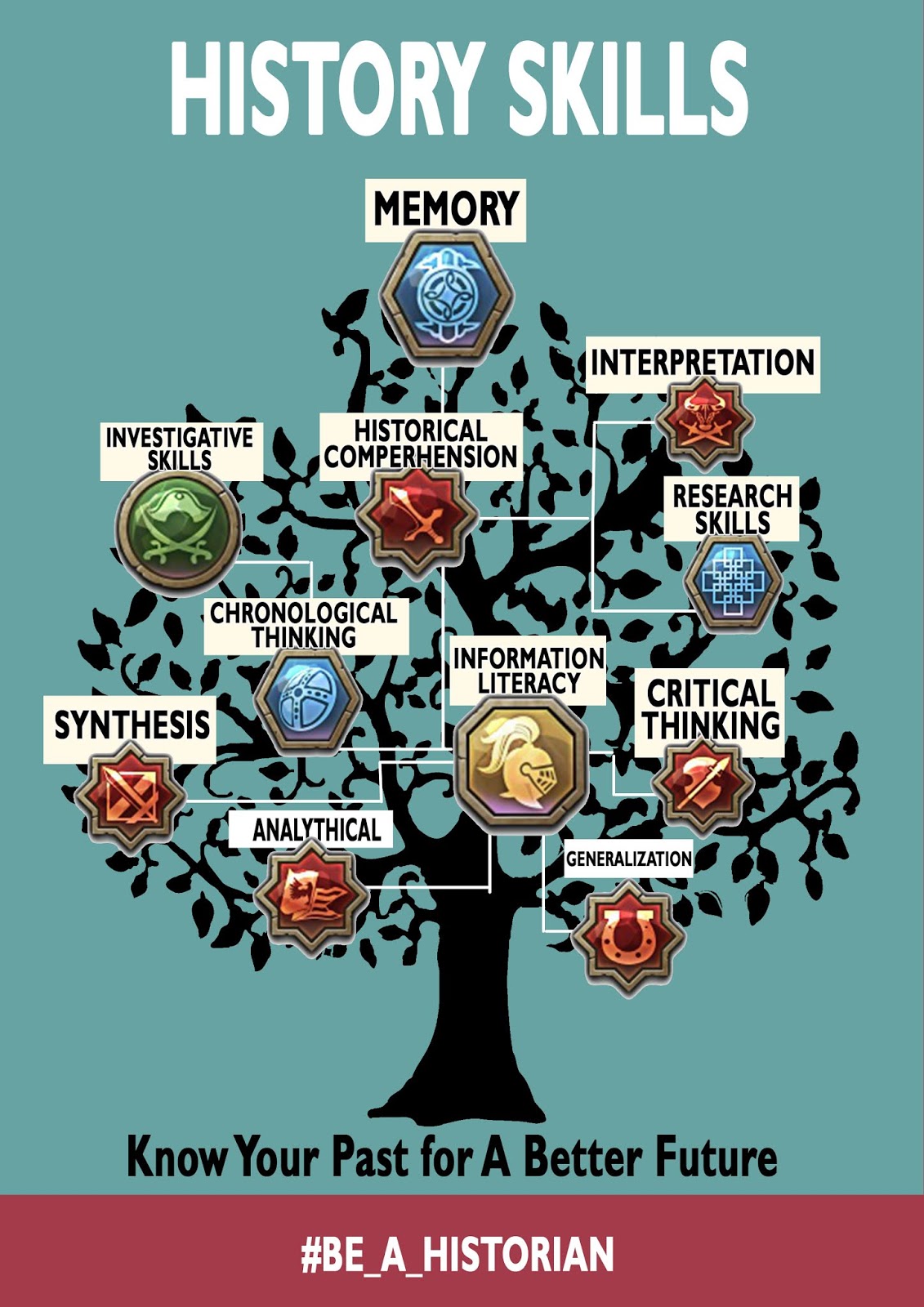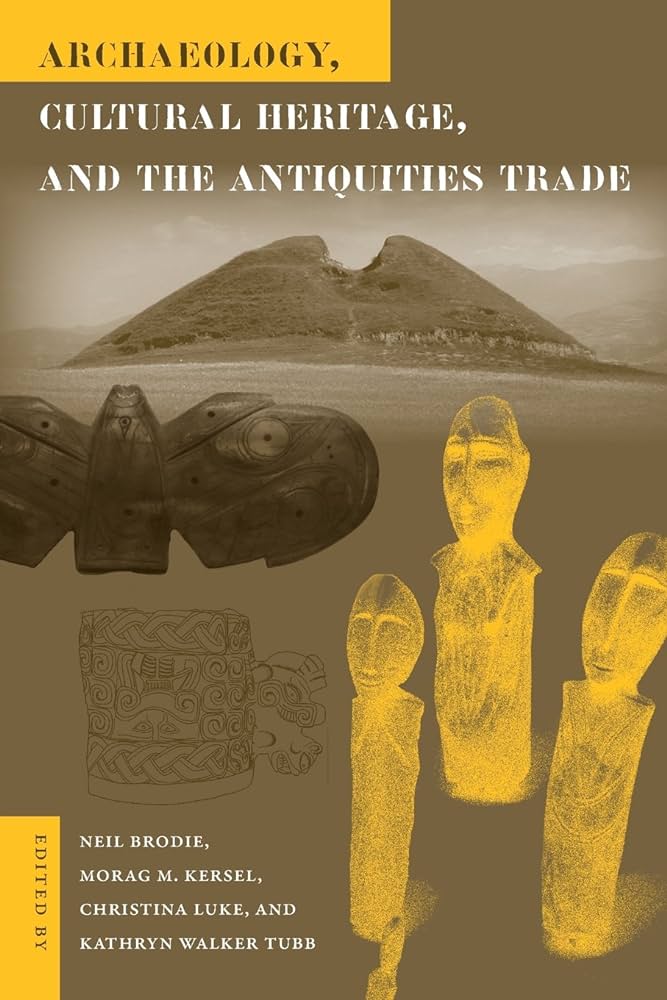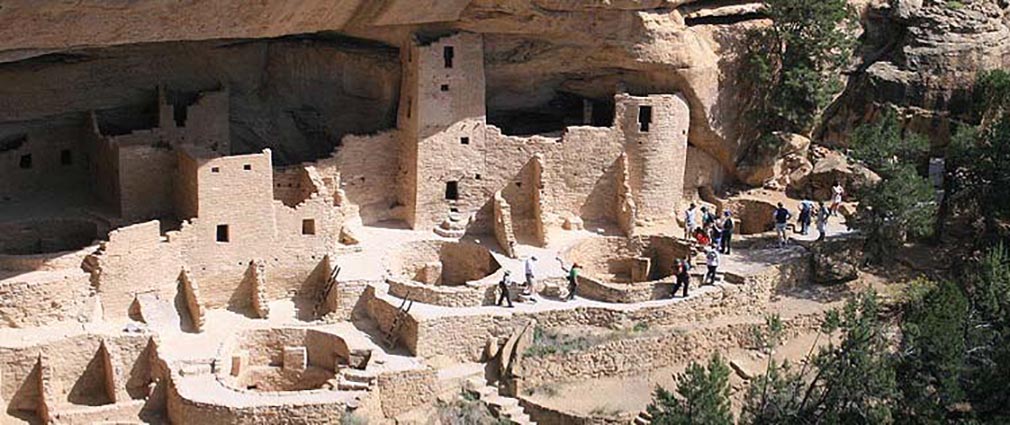The study of economic history is both fascinating and important. It provides us with insights into how people lived, worked and traded in the past. But if you want to get a more complete picture, then you need to look beyond the traditional sources. Archaeology can provide an invaluable perspective for exploring economic history.
As archaeologists, we can use artefacts and other evidence from the past to reveal valuable information about the economic practices of our ancestors. This includes the use of coins, pottery and other objects to understand the level of trade and exchange between different societies. For example, pottery from the Roman era reveals a complex network of trade routes across Europe, while coins can provide evidence of how money was used in past societies.
Archaeological evidence can also be used to explore aspects of economic life that are not often discussed in traditional economic history texts. For example, archaeological evidence can be used to explore the everyday lives of workers, and how their labour was utilized in the economy. We can also explore the role of technology in the economy, and how it has changed over time.
Finally, archaeology can provide unique insights into the economic relationships between cultures and societies. Archaeological evidence can help us to understand how different societies interacted with each other, and how this impacted the economic and social structure of a society.
By exploring economic history through an archaeological perspective, we can gain a more comprehensive understanding of the past. Archaeological evidence can provide us with insights into how people lived and worked in the past, as well as how different cultures interacted with each other. This can give us valuable insights into how the economy has developed over time, and how it continues to shape our world today.











